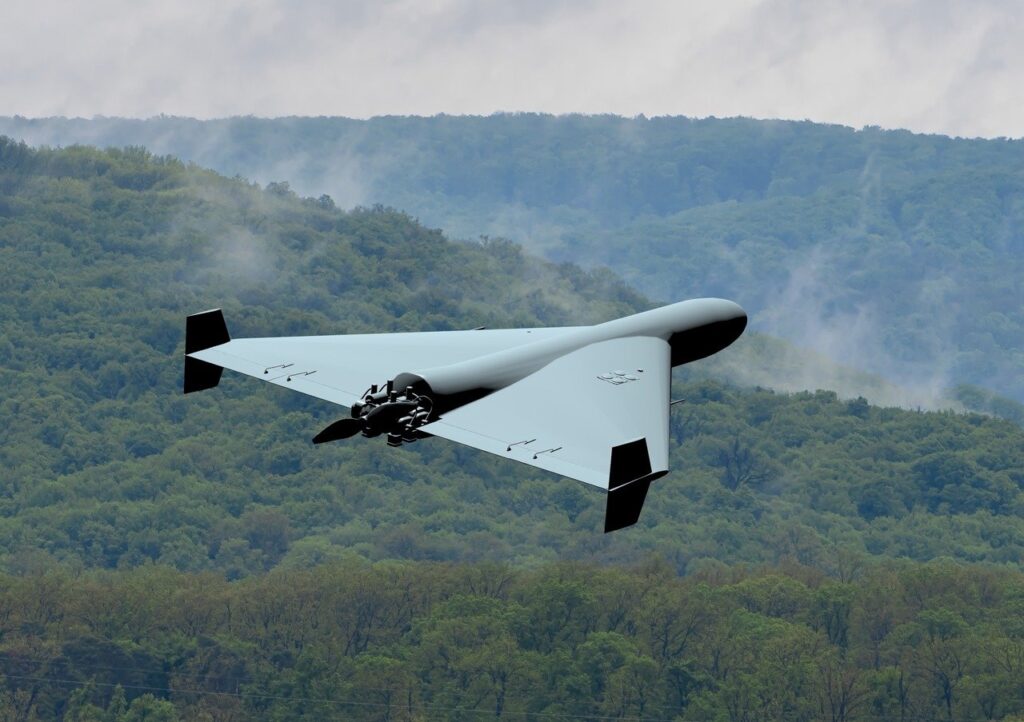
The Chinese Air Force May Be Getting a Hypersonic Drone
Chinese researchers say that they have made major strides toward designing a hypersonic drone, but key questions remain.
In a peer-reviewed paper in the journal Tactical Missile Technology, Beihang University’s Dai Fei and his team posited that they have made significant progress on a classified hypersonic drone model. Their work, first reported by the South China Morning Post, appears to confirm the existence of a Chinese military program to design an unmanned aerial vehicle (UAV) capable of traveling at hypersonic speeds. The product tested by the researchers could be an advanced modification of the supersonic Wuzhen 8 drone unveiled during China’s 2019 National Day military parade, or an entirely new prototype unit that’s under development. In either case, it is unknown when or if such a vehicle will be ready to enter serial production. The Beihang University team’s alleged technical breakthrough is based, in part, on advancements in navigation algorithms that make it possible for UAVs to anticipate optimal landing routines and control their speed with subtle S turns. As explained by Dai’s team, one of this project’s many complications is that a UAV traveling at staggering speeds of Mach 5 must turn off its engines well in advance in order to land safely.
The research raises no shortage of poignant technical and military questions. The Post cited China’s Air Force Engineering University Professor Wang Xing’s suggestion that such drones can potentially be used to target U.S. fifth-generation fighters like the F-22 Raptor. In Xing’s retelling, the drone will wait for U.S. fighters to reveal themselves by firing their weapons and rush to intercept them in a matter of seconds. This optimistic assessment warrants several addendums. We should not inherently assume that the first serial iterations of hypersonic drones will offer meaningful air-to-air capabilities. It is not clear that China possesses or is even developing technology to arm hypersonic drones with weapons of any kind, let alone ones suited for engaging fighters as survivable as the F-22 and F-35 fighters. If this prospective new drone is, in fact, an advanced modification of the Wuzhen 8, then it should be noted that the latter is a reconnaissance craft that likely has no payload.
Without diminishing the value of this latest research, we should likewise not forget that China is neither the first nor only country investing in hypersonic UAV technology. The Pentagon has repeatedly expressed interest in this domain in recent years, with recent reports noting that tech startup Hermeus is developing a reusable hypersonic drone– dubbed “Quarterhorse”– for the Air Force. There is also Lockheed Martin’s mysterious and long-awaited SR-72 hypersonic reconnaissance UAV, scheduled to fly by the mid-2020s.
These latest revelations follow earlier reports that China’s aerospace industry is in the midst of building a civilian hypersonic airliner. Capable of flying ten passengers to any point on earth within roughly one hour, the upcoming aircraft will purportedly enter mass production by 2035.
Mark Episkopos is a national security reporter for the National Interest.
Image: Reuters.


